WCMA Now Accepting Applications for Student Scholarships Worth $15,000 in 2021

The Wisconsin Cheese Makers Association (WCMA) is now accepting applications for five student scholarships worth a total of $15,000.
“WCMA recognizes education is a key factor in the strengthening and growth of the dairy industry,” WCMA Executive Director John Umhoefer said. “Our organization is happy to invest in the next generation of dairy leaders through our scholarship programs.”
In 2021, two students will be awarded the WCMA Myron P. “Mike” Dean Cheese Industry Student Scholarship, worth $3,000 each. Any employee or child of an employee of a WCMA dairy manufacturing, processing, or marketing member company may apply.
Employees or children of employees at WCMA supplier member companies may apply for the WCMA Cheese Industry Supplier Student Scholarship. Three students will receive scholarship awards of $3,000 each.
Preference for both scholarship awards will be given to candidates pursuing degrees and careers connected to the dairy industry. Well-qualified candidates will be currently attending a college, university, or technical school in the United States, or registered to attend a qualifying school.
Applicants must supply transcripts, a letter of recommendation, and a completed application form by Wednesday, February 17, 2021. Forms may be found at WisCheeseMakers.org, or can be directly requested from WCMA Office & Member Service Manager Sara Schmidt at 608-217-2181 or via email at [email protected].
Successful applicants will be announced in March 2021, with awards made in September.
Scuppernong AEA Layers Preservation Protections to Protect Farming Communities
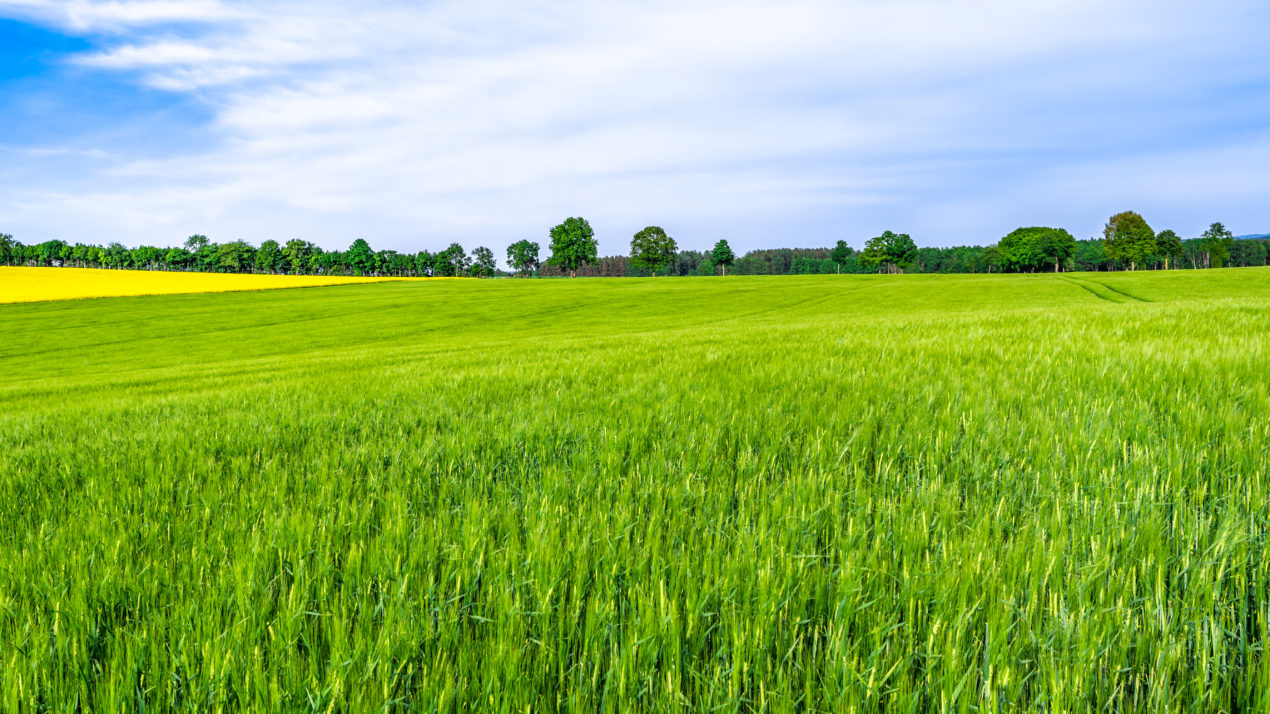
The Scuppernong agriculture enterprise area (AEA) was designated as an AEA in 2011 after the state’s first petition cycle. It includes 13,859 acres located in the municipalities of Cold Spring, Hebron, Palmyra, and Sullivan in southeastern Jefferson County. The community uses comprehensive zoning, conservation easements, nutrient management planning, and the Scuppernong AEA to meet the following goals:
- Preserve local farmland for future use
- Promote clustering of farms to strengthen the local farm economy and agribusinesses
- Educate the community about the importance of local agriculture
- Protect the area’s groundwater resources
The Jefferson County Land and Water Conservation Department works with landowners in the Scuppernong AEA in a variety of ways to maximize the benefits of participating in the farmland preservation program and explore soil health practices. For example, the county offers classes each year on nutrient management planning for both new and experienced farmers. The county also provides individualized planning, technical support, and cost sharing to help offset the costs of implementing a nutrient management plan.
Additionally, Scuppernong AEA landowners who already participate in the program through zoning may be eligible to offset their costs further using the farmland preservation tax credit. By signing a farmland preservation agreement on lands within the AEA, the landowner devotes the covered land to agriculture and agricultural accessory uses for 15 years while ensuring the land meets state conservation standards. In return, the income tax credit increases from $7.50/acre to $10/acre and protects the land for future use.
To learn more about the Scuppernong AEA, visit https://datcp.wi.gov/Pages/Programs_Services/DesignatedAEAs.aspx. To find out if your farmland is located in this AEA, to sign a farmland preservation agreement, or to learn more about conservation initiatives or resources in Jefferson County, contact Nancy Lannert of the Jefferson County Land and Water Conservation Department at (920) 674-7110 or [email protected].
About AEAs and Farmland Preservation
Agriculture enterprise areas provide a path for landowners to create their own nutrient management plan, explore new conservation practices, and sign a farmland preservation agreement. DATCP has authority to designate up to 2 million acres for AEAs. There are currently 40 AEA designations in the state with almost 1.4 million acres in 112 towns, 27 counties, and the Bad River Reservation. Since 2010, over 1,500 Wisconsin farmland owners supported petitions for designation of an AEA.
To learn more about AEAs, https://datcp.wi.gov/Pages/Programs_Services/AgriculturalEnterpriseAreas.aspx. To start or join a current AEA, contact your county land conservation department. To learn more about the Farmland Preservation Program and to read the latest Farmland Preservation Report, visit https://datcp.wi.gov/Pages/Publications/FarmlandPreservation.aspx.
Farm Bureau’s YFA Conference Kicks Off November 16
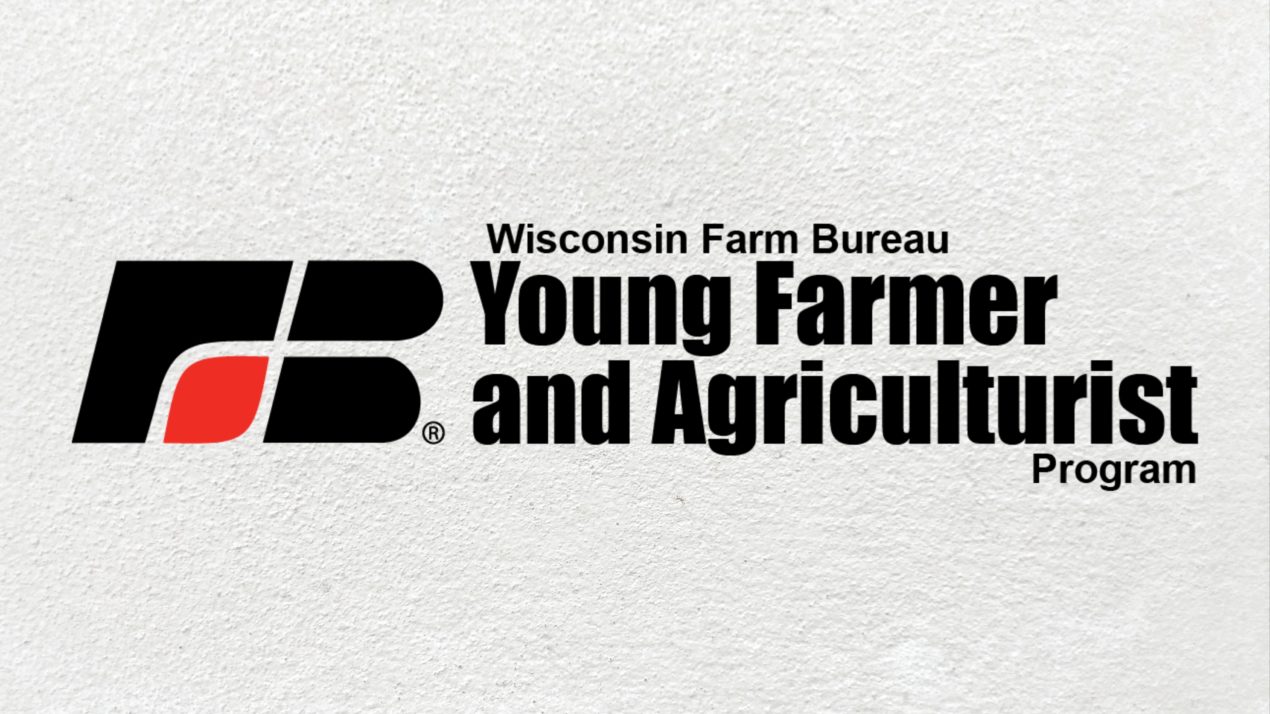
The 2020 WFBF Young Farmer and Agriculturist Conference will begin Monday, November 16 and run through Saturday, December 5. This year’s conference will be held virtually on Facebook. The programming is available to members and non-members, no registration required, with content being targeted to farmers and agri-business professionals ages 18-35.
“This year we have an exciting opportunity to bring our YFA Conference into the homes of farmers and agriculturists across the state,” said WFBF YFA Committee Chair Kelly Oudenhoven. “Throughout November and the beginning of December, we will be sharing workshops, showcasing our award finalists and much more.”
This year’s conference will include presentations from the Excellence in Ag Award finalists, the YFA Discussion Meet, workshops hosted by Farm Bureau members from across the country and a trivia night. There is also a ‘Be the Babe’ contest being sponsored by the Fabulous Farm Babe Pam Jahnke and Mid-West Family Broadcasting.
All the programming will be available on Facebook and can be found by searching for “Wisconsin Farm Bureau Federation Young Farmer and Agriculturist Virtual Conference”. Visit the event page today and mark ‘Going’ so you can stay up to date on all the details.
The WFBF YFA Conference is being held free for members and non-members. To learn more, visit wfbf.com/2020-virtual-yfa-conference/.
Wisconsin Farm Bureau Federation is the state’s largest general agriculture organization representing farms of all sizes, commodities and management styles.
Real-Time Proof: Heavy Rains Prove Value of Cover Crops
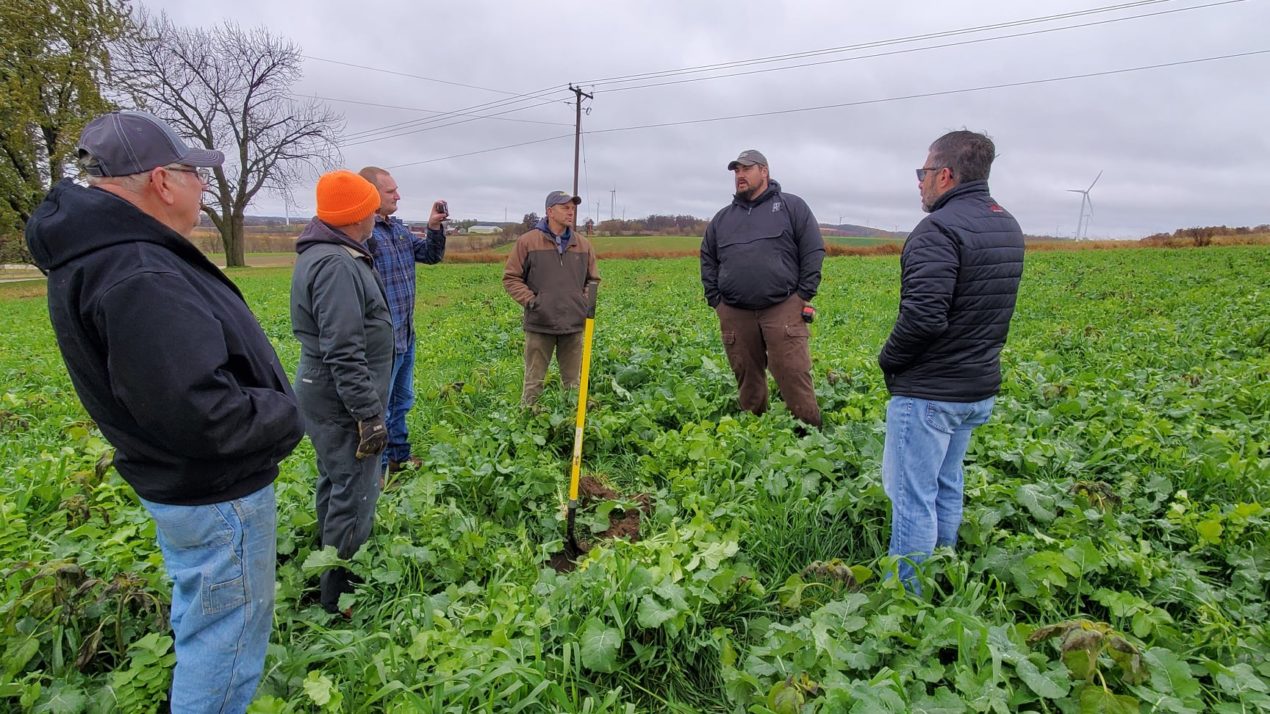
It took less than 24 hours for 4 inches of rain to fall on Clint Hodorff’s wheat field, and the timing could have been bad. The monsoon came just prior to a field day he was to host as a member of Sheboygan River Progressive Farmers (SRPF).
Hodorff’s intent was to show area farmers the general positive impact of his multi-species of cover crops. Instead, the owner of Second Look Holsteins ended up with the opportunity for a lesson in real time.
The cover crops had kept runoff to a minimum. The soil Hodorff dug into as a demonstration showed the value of the root structure and worm activity.
“Even after 4 inches of rain, I thought the soil would be tacky. The soil just fell apart in my hands because of what the cover crops and worms were doing,” he said after the Sept. 23 field day.
Hodorff started his journey into cover crops by contacting several people he knew who were planting cover crops, did his own research and came up with an eight-seed mix of barley, crimson clover, rapeseed, cereal rye, sunflower, tillage radish, wheat and winter pea.
“I wanted a cover crop mix that would help with water infiltration, soil structure and also keeping the nutrients in the upper level of the soil,” he said. “One of the things we like about using cover crops is planting into green in the spring, helping with erosion and, being a dairy farm, helping keep the nutrients from manure application in the soil where it needs to be and not running off.”
Cover crops are becoming widely used for their ability to hold the soil in place, creating healthy biomass below the surface and keeping nutrients in place for the crops. Numerous members of SRPF, a farmer-led watershed conservation group, are adopting cover crops to improve soil health, increase farming efficiency, sustain profitability and lessen the impact on the environment.
“I’m always surprised by how nature works,” said Zach Laughlin, watershed outreach coordinator for the Fond du Lac County Land & Water Conservation Department. “Many farmers testify to this reality once they start implementing cover crops.”
Two points were discussed in detail during the field day – Hodorff’s decision to use rapeseed and to not chop the cover crop for forage. Rapeseed is an alternative to radishes because they offer similar benefits and are cheaper.
Many farmers are seeing the benefits of cover crops, but the conservation practice still has some trial-and-error results.
“It was also interesting to hear how Clint believes in leaving the organic matter in the field and extending the growth as long as possible,” Laughlin said. “I’d like to say that cover crops are the ‘one thing that will change the many.’ It’s not so much that they are the silver bullet solution, but that in adopting cover crops and seeing soil health improvements, farmers tend to become open to thinking about their operation in new ways.”
Farmers Union series on meat processing kicks off this week
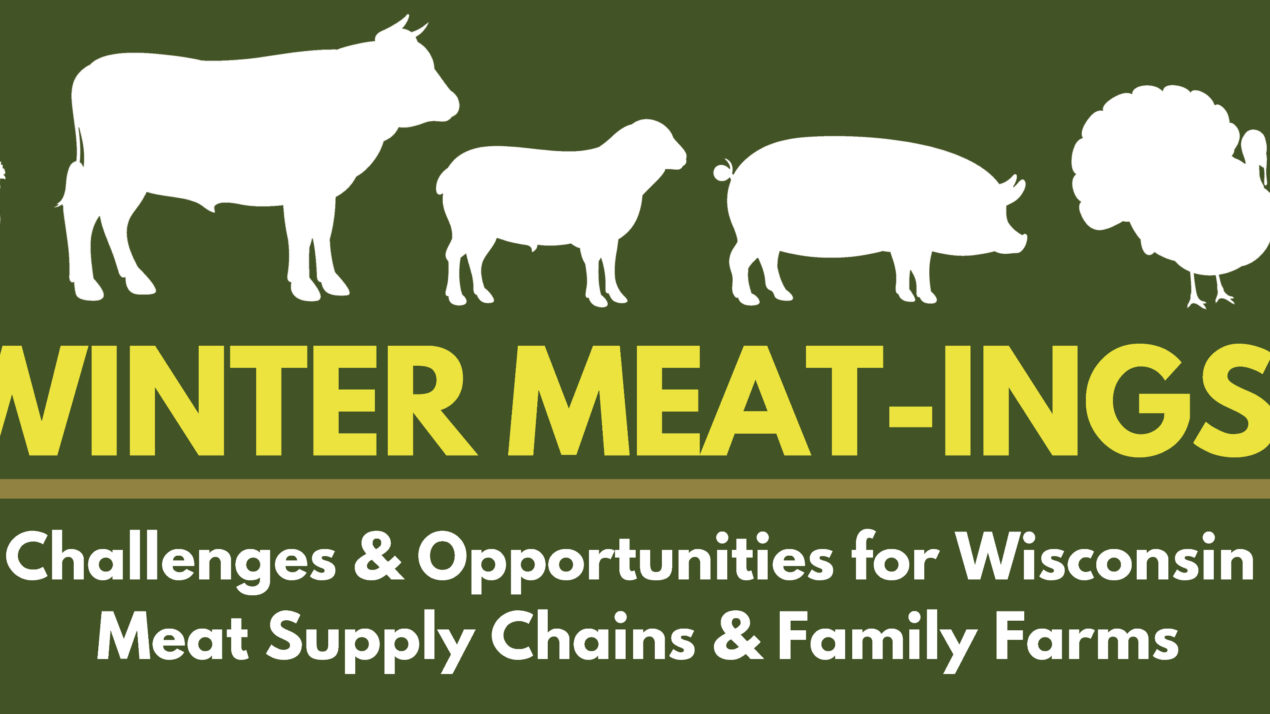
A winter series on the challenges and opportunities around meat markets and processing in Wisconsin kicks off this week with a November 11 virtual panel discussion on “Beefing Up Markets & Processing.” Hosted by the Columbia, Sauk and Chippewa County Farmers Union chapters, the event is open to the public and will focus on beef markets and food supply chains.
Panelists will include:
· Dorothy Harms, Valley Springs Farm and vice president of the Sauk County Farmers Union
· Kurt Larson, CEO of Equity Cooperative Livestock Sales Association
· Jeff Swenson, DATCP Livestock and Meat Specialist
The discussion will be moderated by Columbia County Farmers Union Vice President Sarah Lloyd.
“COVID-19 and the resulting economic shutdown really showed us how brittle our agricultural markets are. We look forward to coming together to learn how farmers are doing and discuss how we can make markets and supply chains more robust in this new reality,” said Lloyd, who farms with her husband and his family at NelDell Farms in Wisconsin Dells.
The panel discussion will kick off at 7pm. There will be time for Q&A from participants and a look at how current Wisconsin Farmers Union policy covers beef markets and meat processing. WFU members are invited to stay on after the panel to talk about possible policy resolutions regarding beef markets and processing for 2021 WFU policy.
To receive the Zoom link or phone number, please register by clicking on the event and then the “Register for Event” button in the upper righthand corner at www.wisconsinfarmersunion.com/events.
“Meat Processing Infrastructure was one of the Special Orders of Business set by the grassroots membership at our 2020 convention, and it’s an issue that has become even more critical in light of the supply chain struggles around the pandemic,” said Wisconsin Farmers Union President Darin Von Ruden. “This series will give farmers, processors, rural leaders, and other stakeholders a chance to come together in search of creative solutions.”
The series will continue through the winter months with meetings focused on solutions to meat processing struggles in the state. Following sessions, all set for noon, will cover the following topics:
· December 10: Farmer & Processor Perspectives
· January 14: Mobile Slaughtering & Creative On-Farm Solutions
· January 28: Cooperative & Community Solutions
· February 11: State & Federal Policy Solutions
· March 11: Labor Solutions
Each of the virtual events will include a Zoom webinar or call-in option. RSVP at www.wisconsinfarmersunion.com/events. Learn more about this topic and potential solutions at www.wisconsinfarmersunion.com/processing.
Registration Open for Virtual Perennial Farm Gathering Conference
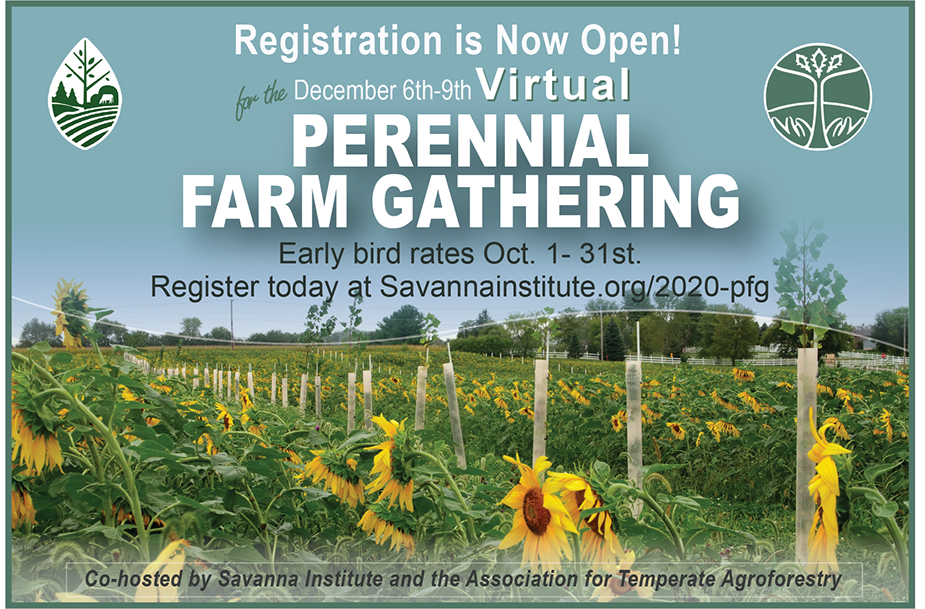
The following is a message from DATCP:
In a year of social distancing, we believe the Perennial Farm Gathering is more important than ever to help bring the perennial agriculture community together–practitioners, researchers, and perennial agriculture enthusiasts.
This year’s gathering will be co-hosted with the Association for Temperate Agroforestry. A main focus of the gathering will be the popular five-minute Nutshell Show & Tell talks, which are open to all attendees to share success stories, lessons-learned, or nagging questions to help build knowledge across the region.
Ready to learn something new? Join us for research talks and panels on various topics including financing, environmental and social justice, specific agroforestry crops, as well as fun activities to help network with other practitioners, researchers, ag professionals, and anyone interested in perennial agriculture! Learn more at www.savannainstitute.org/2020-pfg.
Event Details
Romanski Appoints DATCP Assistant Deputy Secretary
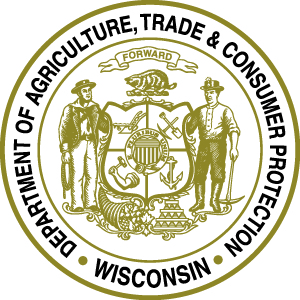
Eric Ebersberger will serve as the Assistant Deputy Secretary at the Wisconsin Department of Agriculture, Trade and Consumer Protection (DATCP), effective November 23, 2020. The appointment was announced today by DATCP Secretary-designee Randy Romanski. Ebersberger joins an executive leadership team that also includes Deputy Secretary Angela James.
“I’m pleased to announce Eric’s appointment to this position and welcome him to the DATCP team,” said Romanski. “I am confident that his strong background in state agency budgeting and operations management will be valuable to our agency’s work. As an added benefit, he brings an understanding of the important role soil and water health play in Wisconsin, especially in the success of our agriculture industry.”
Ebersberger holds a Master’s degree in Water Resources Management, as well as a law degree. He has 25 years of experience in state service, spanning two state administrative agencies and one legislative service agency. Most recently, Ebersberger served as a policy advisor to the Secretary of the Wisconsin Department of Natural Resources (DNR). Prior to that role, he served in various positions where he supervised budget analysis and administered the agency’s water quality programs.
“I’m grateful for this opportunity and I look forward to working with agency staff,” Ebersberger added. “I’ve had many positive interactions with DATCP staff and board members over the years, and I have great respect for the agency’s work.”
Harvest is Nearly Wrapped Up
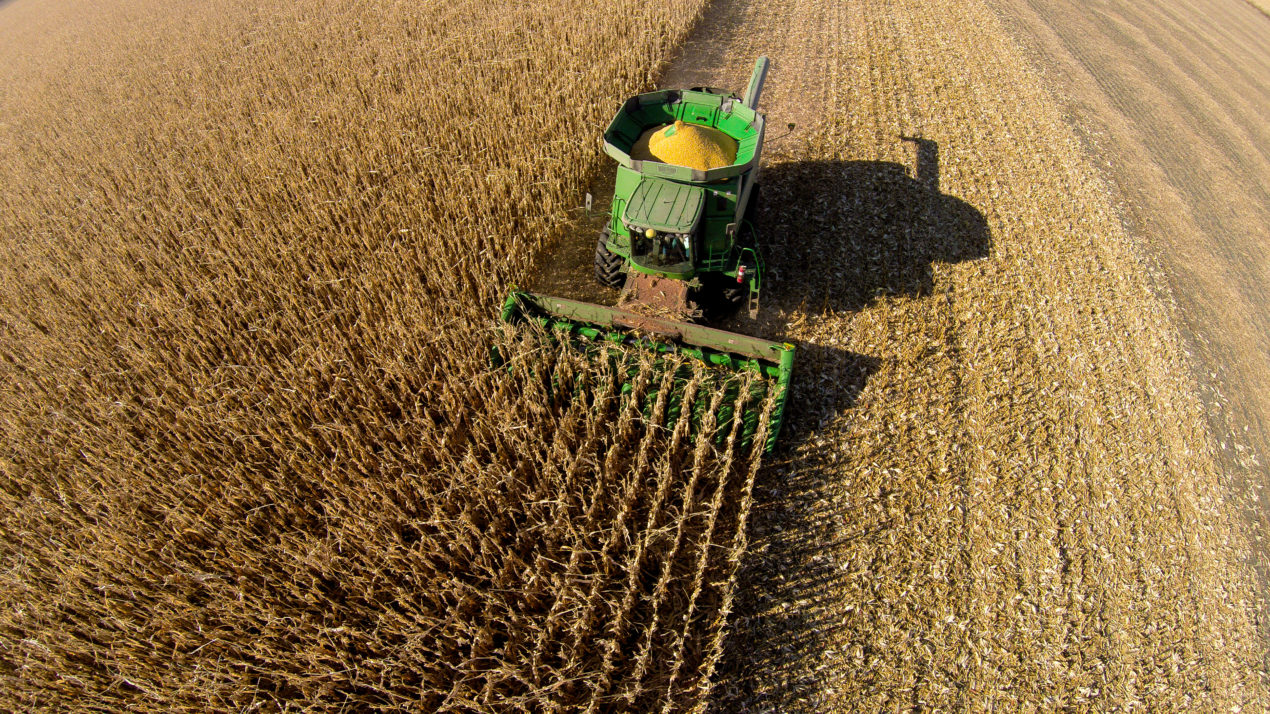
Wisconsin had 6.7 days suitable for fieldwork for the week ending November 8, 2020, according to the USDA’s National Agricultural Statistics Service. Conditions were ideal for fieldwork this week with little to no precipitation and daytime highs in the 70s. Corn combining progressed quickly as farmers took advantage of the excellent weather. Statewide, the moisture content of field corn being harvested for grain fell to 18%. The last of the soybeans were going into the bin. Corn and soybean stalks were being chopped and baled for bedding. Fall tillage and manure spreading continued as fields were cleared. Reporters in some areas noted that farmers were finishing their fall fieldwork two to three weeks ahead of
schedule. Winter wheat and other fall planted crops were in good shape for the winter.
Topsoil moisture condition rated 3% very short, 13% short, 78% adequate and 6% surplus. Subsoil moisture condition rated 3% very short, 15% short, 76% adequate and 6% surplus.
Corn for grain harvest was 78% complete, more than 4 weeks ahead of last year and 13 days ahead of the 5-year average. The moisture content of corn harvested for grain was reported at 18%.
Soybean harvest was 96% complete, more than 4 weeks ahead of last year and 20 days ahead of the average. Eighty-eight percent of winter wheat was emerged, more than 4 weeks ahead of last year and 11 days ahead of the average. Winter wheat condition rated 84% good to excellent statewide, unchanged from last week.
Fall tillage was reported as 59% complete, more than 4 weeks ahead of last year and 9 days ahead of the average.
Waterfowl Hunters Encouraged To Wear Lifejackets
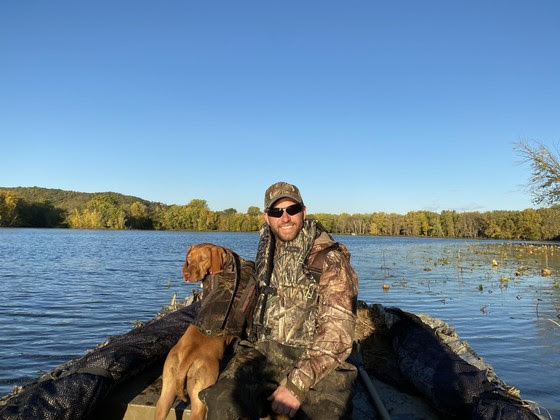
The Wisconsin Department of Natural Resources (DNR) is reminding all waterfowl hunters to wear a lifejacket while out on the water this season.
Wisconsin has had 22 boating accident deaths so far this year, according to DNR records. Twenty of those deaths were drowning-related, and 18 of those people were not wearing life jackets.
Hunters are no exception to boating accidents and drowning deaths, and as fall takes hold, they are urged to be aware that conditions can change rapidly with high winds, unfavorable weather and temperatures.
“It is crucial that waterfowl hunters – whether in a boat or in the water in waders – wear a life jacket,” DNR conservation warden Jon King said. “Wet, heavy hunting clothes serve as a weight that can pull a person underwater quickly.”
To prevent boating accidents, waterfowl hunters and other hunters alike should follow these safety tips while afloat and afield.
- Be aware that water temperatures are rapidly cooling and if you fall overboard, hypothermia can set in rapidly. Wearing a lifejacket can keep you on the surface and you can use your energy to keep warm rather than using it to stay on the surface.
- Remember to protect your canine companion on the water – they need their lifejackets, too.
- Never overload the boat. If hunting on a large river or lake, use a boat that is big enough to handle rough water.
- Balance your boat evenly and keep weight low for stability.
- Be on the lookout for elements outside of your control, such as changing weather, wind or a slightly submerged stump, rock, sandbar or floating debris.
- If you are in a boat or canoe with a hunting partner, establish and communicate a safe zone of fire; do not stand to shoot if your partner is shooting from a seated position.
- Always carry a cellphone so communication can happen in case of an emergency.
Whether hunting on land or by water, firearm safety is always essential. Recall the four basic rules of firearm safety here.
To learn more about safe hunting and boating practices or enroll in a hunter education course, click here.
Support for Food & Wine Term Enforcement Builds on Capitol Hill
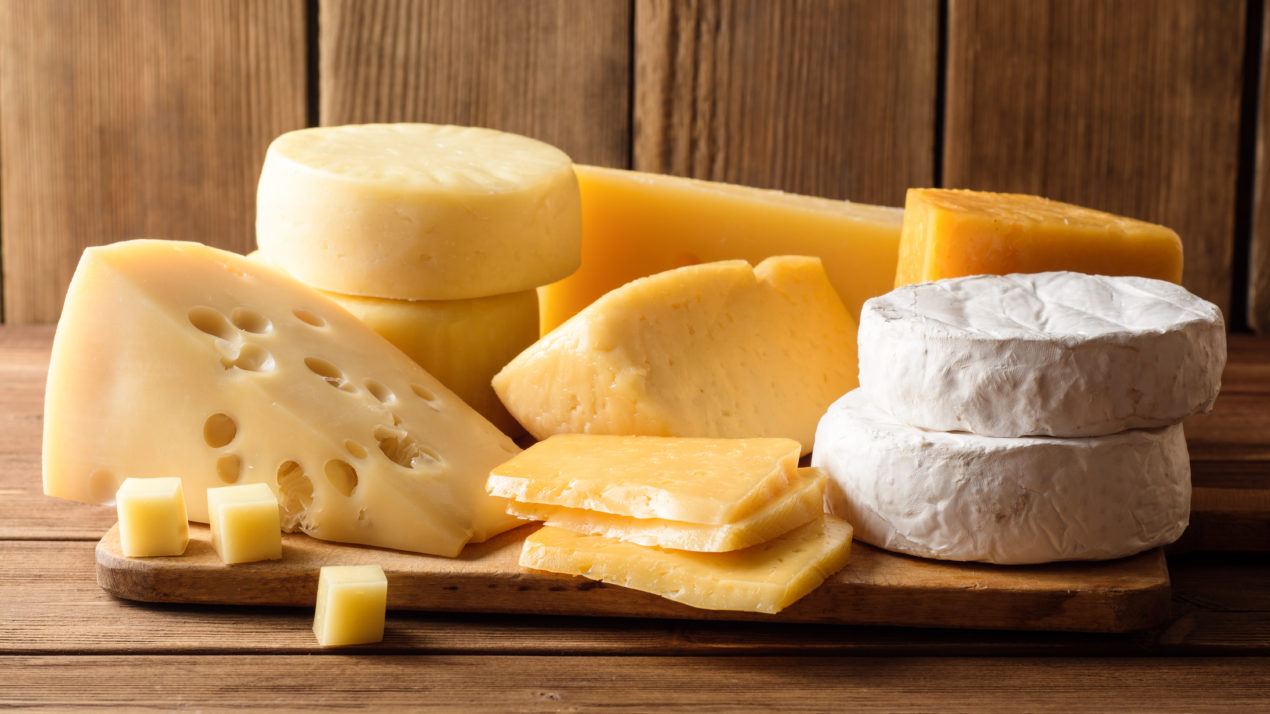
A coalition of leading farm and agricultural groups are applauding a bipartisan letter sent today by 111 members of Congress urging stronger protections for American-made food and wine exports using common terms. This is an important message regarding the need for enhanced U.S. efforts to combat the European Union’s (EU) attempts to ban U.S. exports of cheese, meat and wine products that are labeled with common terms – such as parmesan, bologna or chateau.
“Congress has spoken loudly; it is time for stronger action by the U.S. government. For far too long, Europe has used unjustified trade barriers to block competition from high-quality American-made cheese, meat and wine exports. Europe is undermining global trade rules and weakening intellectual property system protections internationally. Today’s letter is an important reminder that we must raise the bar in our efforts in order to prevail in creating agricultural trade policy that works for the world, not just the European Union,” said Jaime Castaneda, Executive Director of Consortium for Common Food Names.
The letter asks the U.S. Trade Representative (USTR) and U.S. Department of Agriculture (USDA) to make safeguarding common food and wine terms a core policy objective in all current and future trade negotiations. The effort was led by Reps. Jim Costa (D-CA), Jodey Arrington (R-TX), Angie Craig (D-MN), Dusty Johnson (R-SD), Ron Kind (D-WI), Mike Gallagher (R-WI), Jimmy Panetta (D-CA) and Mike Kelly (R-PA).
“The EU’s ban on common cheese terms has already impeded U.S. dairy exports but even more severe consequences for our industry lie ahead if the EU is allowed to continue these unfair trade practices. Preserving export opportunities for American-made cheeses and other products labeled with common terms must take priority in all future trade negotiations. I applaud Congress and the leaders of this effort for setting this important precedent in defense of American-made exports,” said Tom Vilsack, president and CEO of U.S. Dairy Export Council.
“Creating false barriers to block exports denies families around the world the high-quality food America’s farmers and ranchers produce. It’s trade manipulation. We applaud the U.S. government for its efforts to remove unfair trade practices that keep our nation from competing in the global marketplace,” said American Farm Bureau Federation President Zippy Duvall.
“The European Union has for too long unjustifiably and erroneously attempted to restrict trade in common food name products, including meat exports from the U.S. The policy advocated in the bipartisan letter sent today to USDA and USTR will advance critical safeguards for common food name products in international trade and will enable America’s meat and poultry packers and processors, agricultural producers and food manufacturers to compete on a level playing field with their counterparts in the EU. We thank members of Congress for their leadership, and we stand ready to work with the Administration to defend against anti-competitive and protectionist policies pursued by trading partners that serve only to impede U.S. meat and poultry exports,” said Julie Anna Potts, CEO of the North American Meat Institute.
“NASDA Members work tirelessly with the federal government to open new doors for agricultural producers around the world. We encourage the U.S. Trade Representative (USTR) and U.S. Department of Agriculture (USDA) to amplify the importance of common food and wine terms as a core policy objective to successful free trade negotiations in the future. Doing so will ensure consumers are able to access the full bounties of our farmers and ranchers around the world,” said National Association of State Departments of Agriculture CEO Dr. Barb Glenn.
“America’s dairy farmers have been unduly harmed by the EU’s efforts to limit market opportunities for U.S. dairy products. For years, the EU has sought to ban high-quality American-made cheeses, putting U.S. dairy jobs at risk and limiting economic growth in the rural communities that rely on a healthy dairy industry. I appreciate the important work being done by Congress to ensure that U.S. trade negotiators must have all necessary tools at their disposal to fight back against the EU’s destructive agenda,” said Jim Mulhern, president and CEO of National Milk Producers Federation.
“We have watched time and again as the EU has gone well beyond protecting legitimate GIs to erect trade barriers that benefit their own producers at our expense. The recent EU-China agreement on GIs is a perfect example of how the EU abuses GIs for their own gain. The U.S. must do more to ensure a level playing field for common food names, grape varietal names and traditional terms and we are grateful to these Representatives for supporting this effort,” said Bobby Koch, President and CEO of Wine Institute.
In July, 61 Senators sent a similar letter requesting that the U.S. government enhance protections for common food and wine terms.

